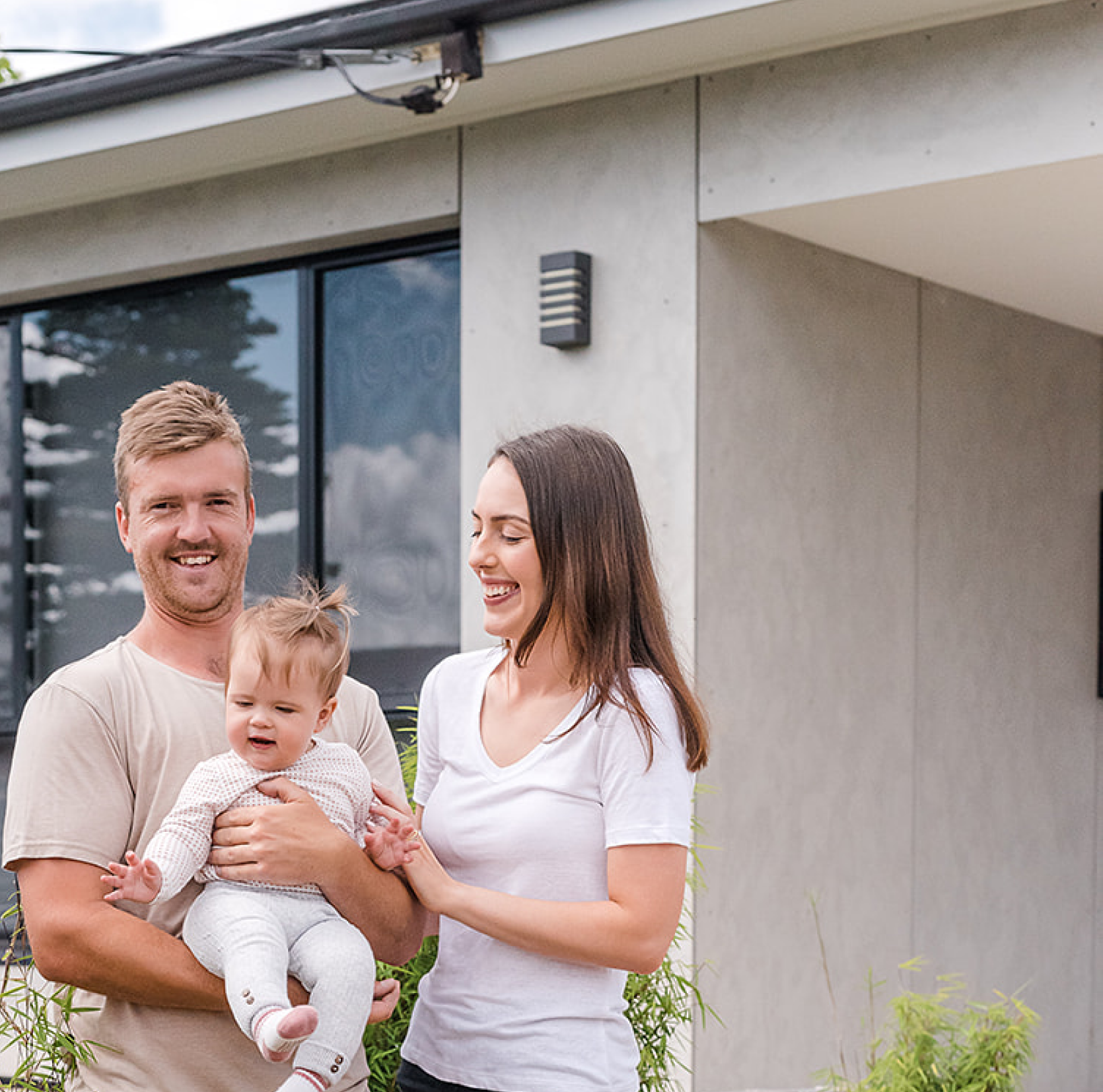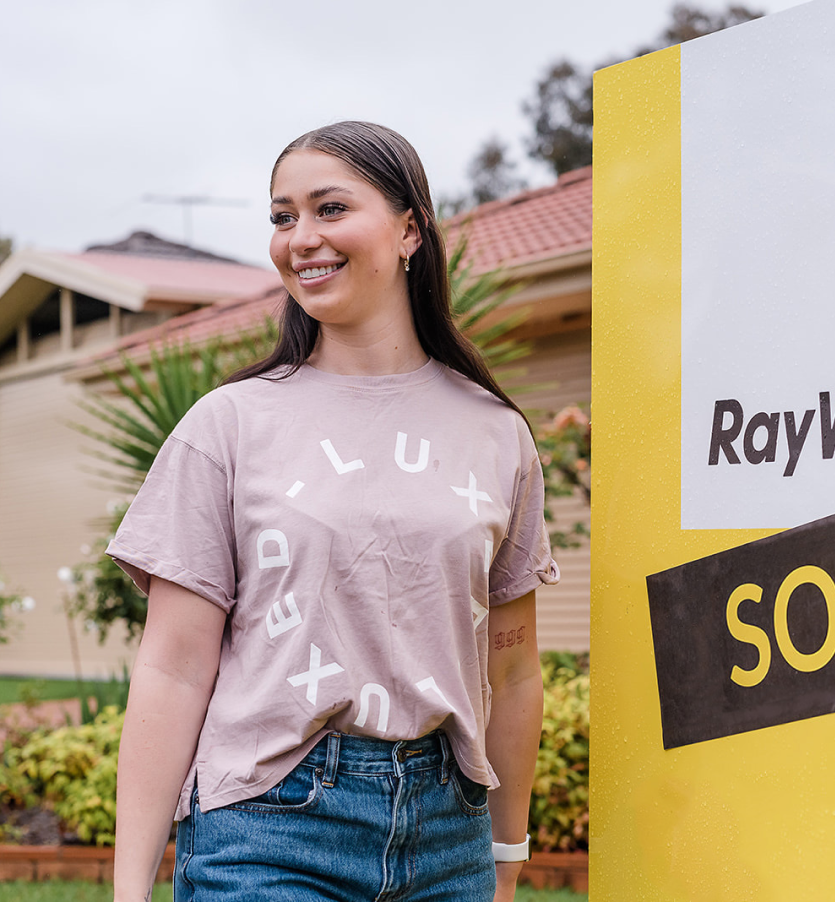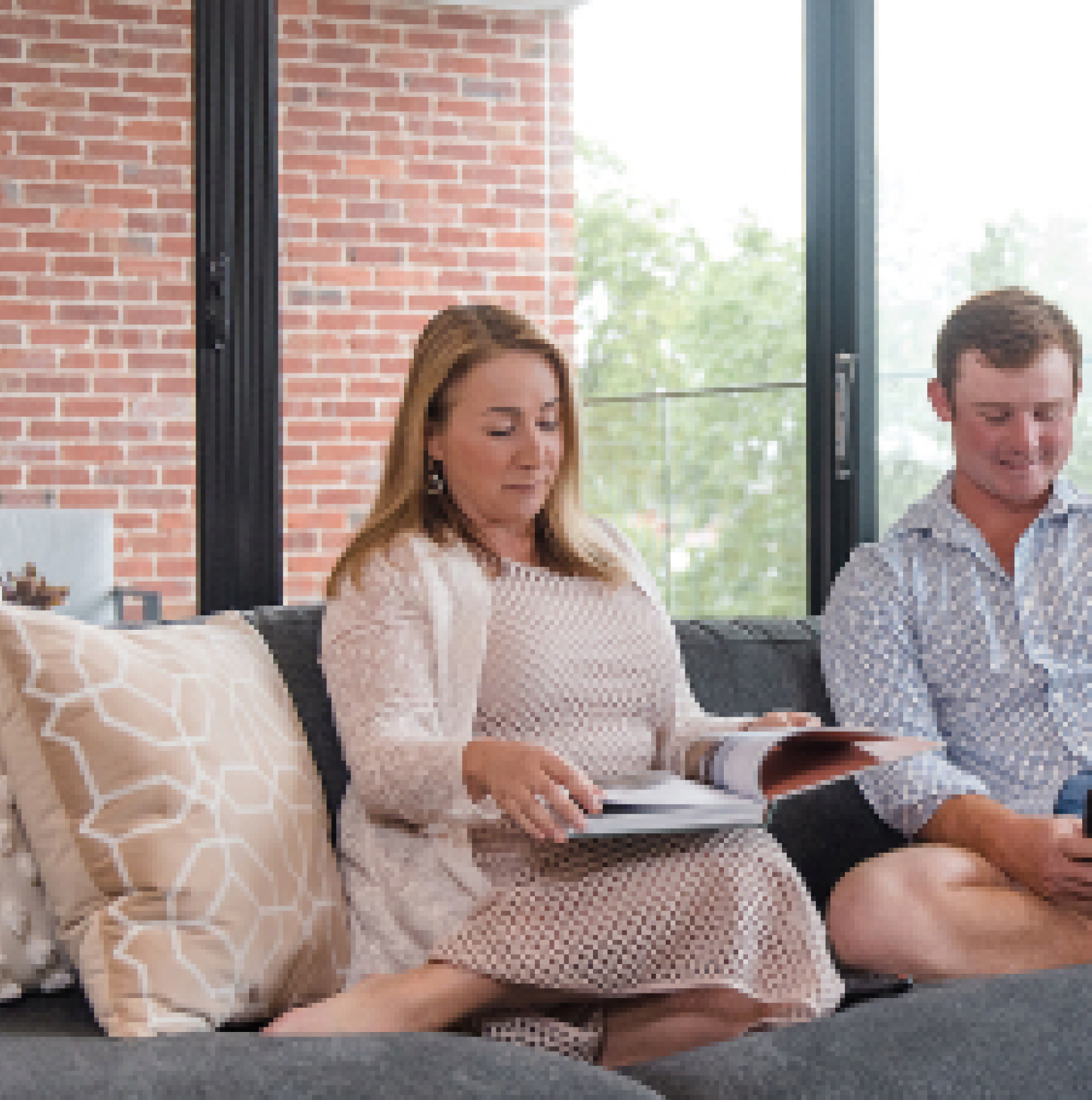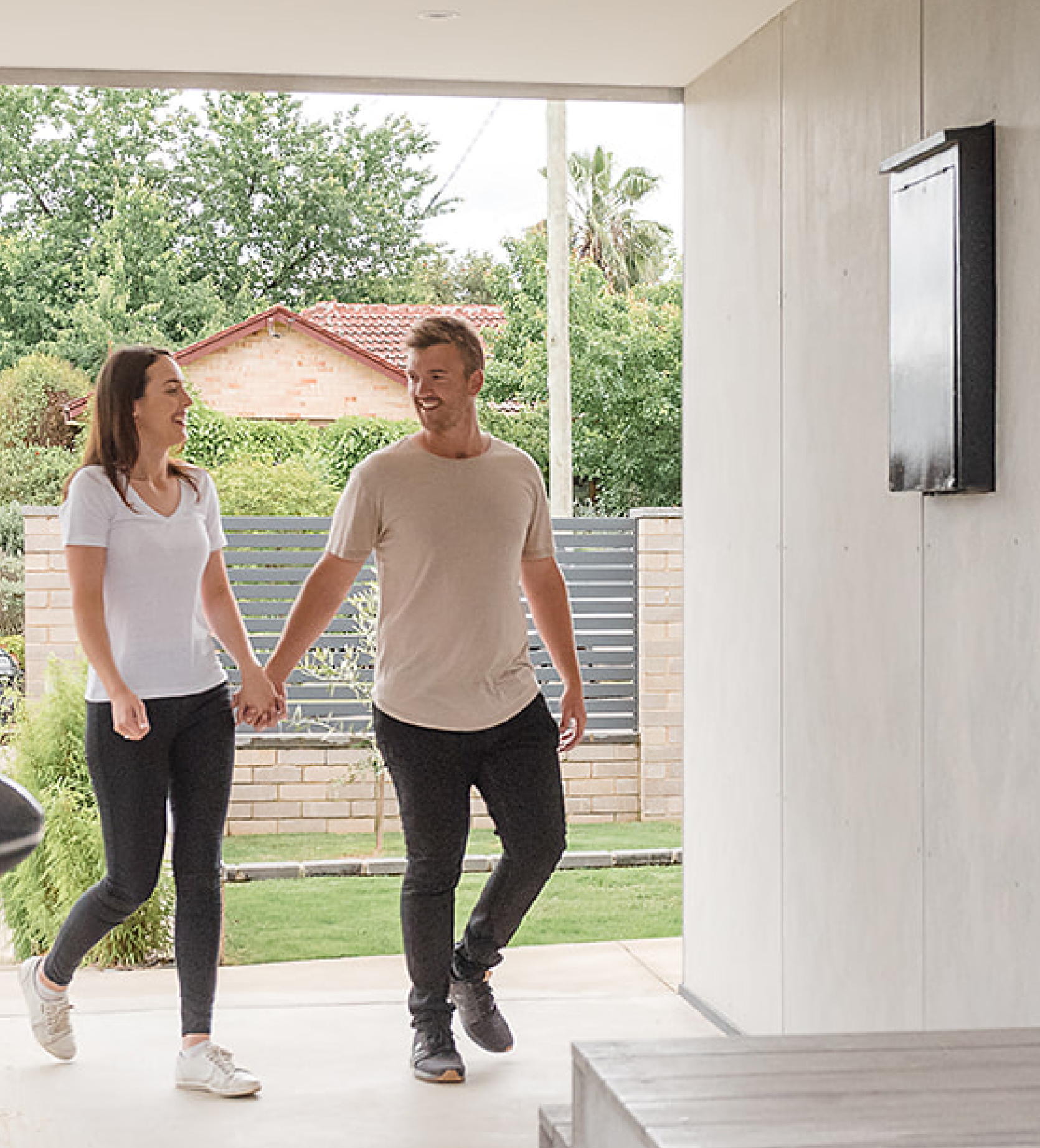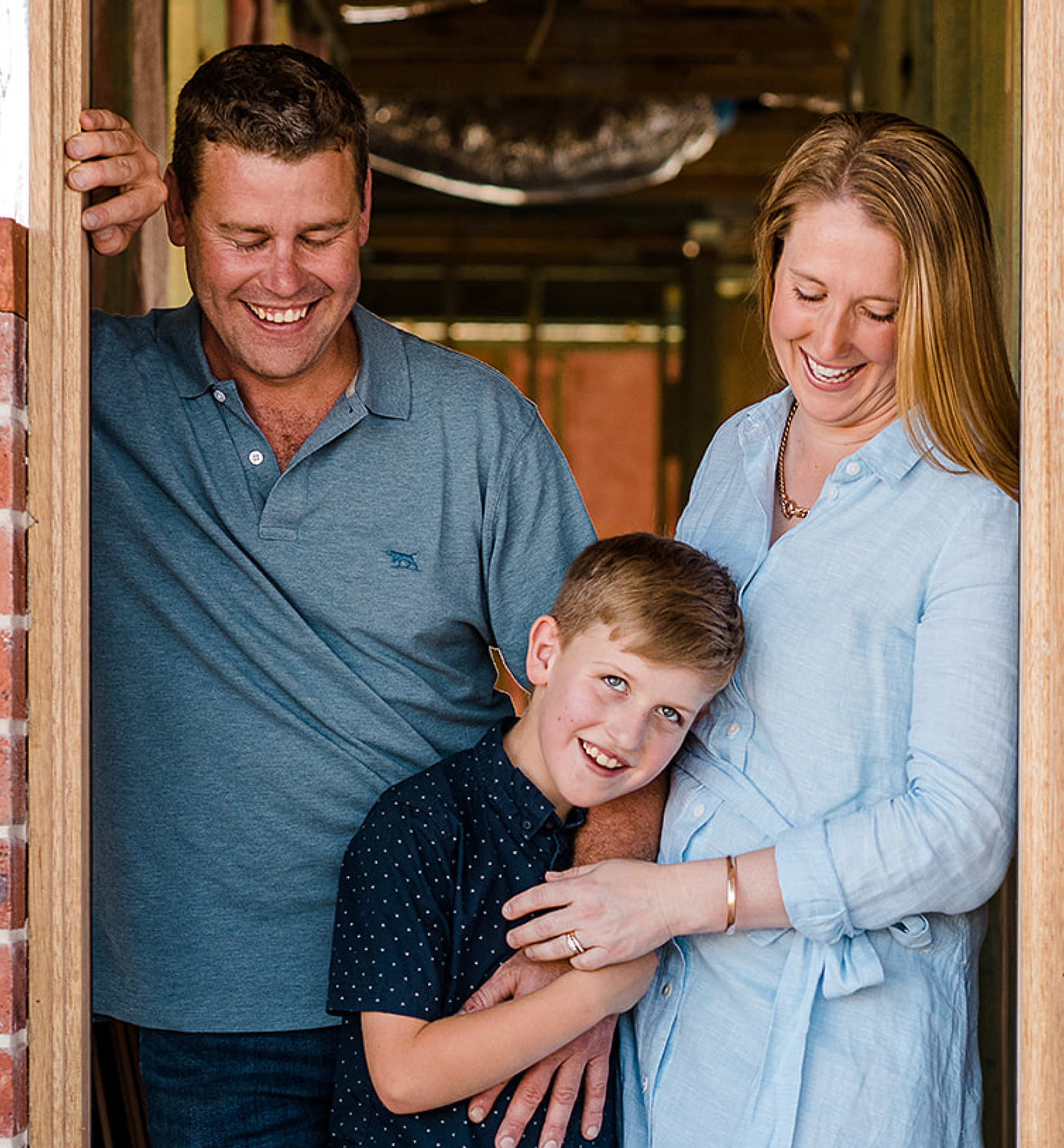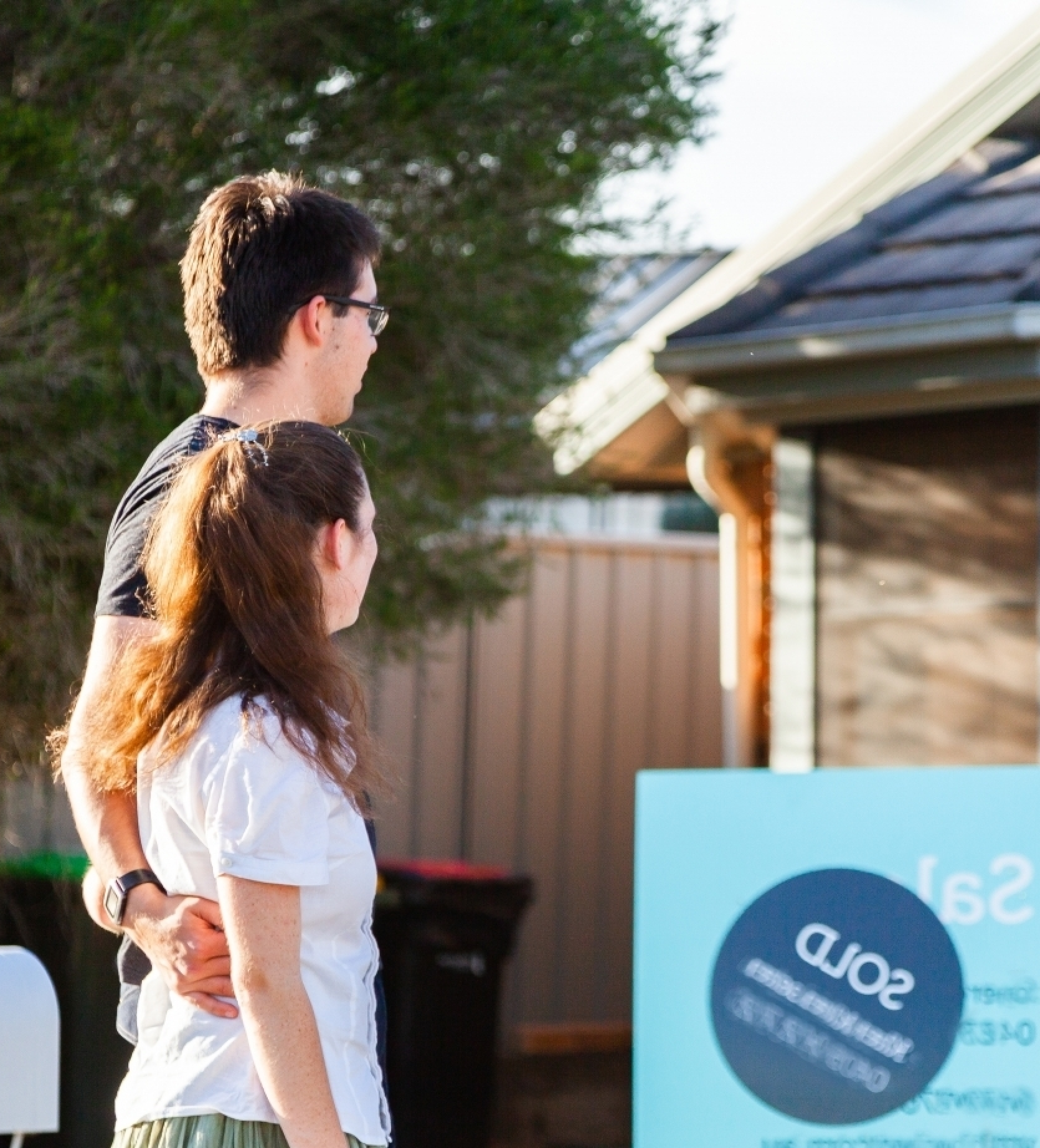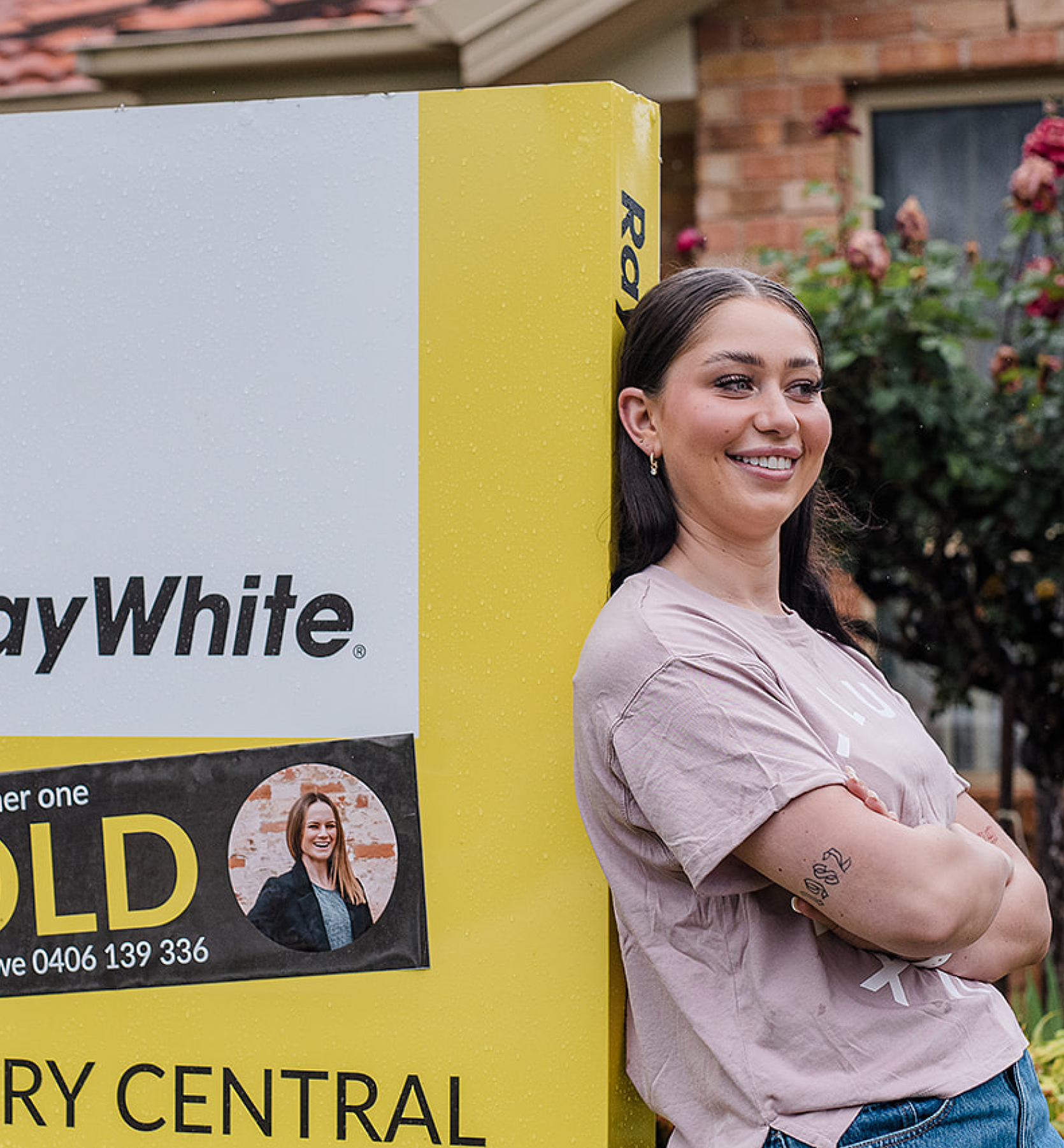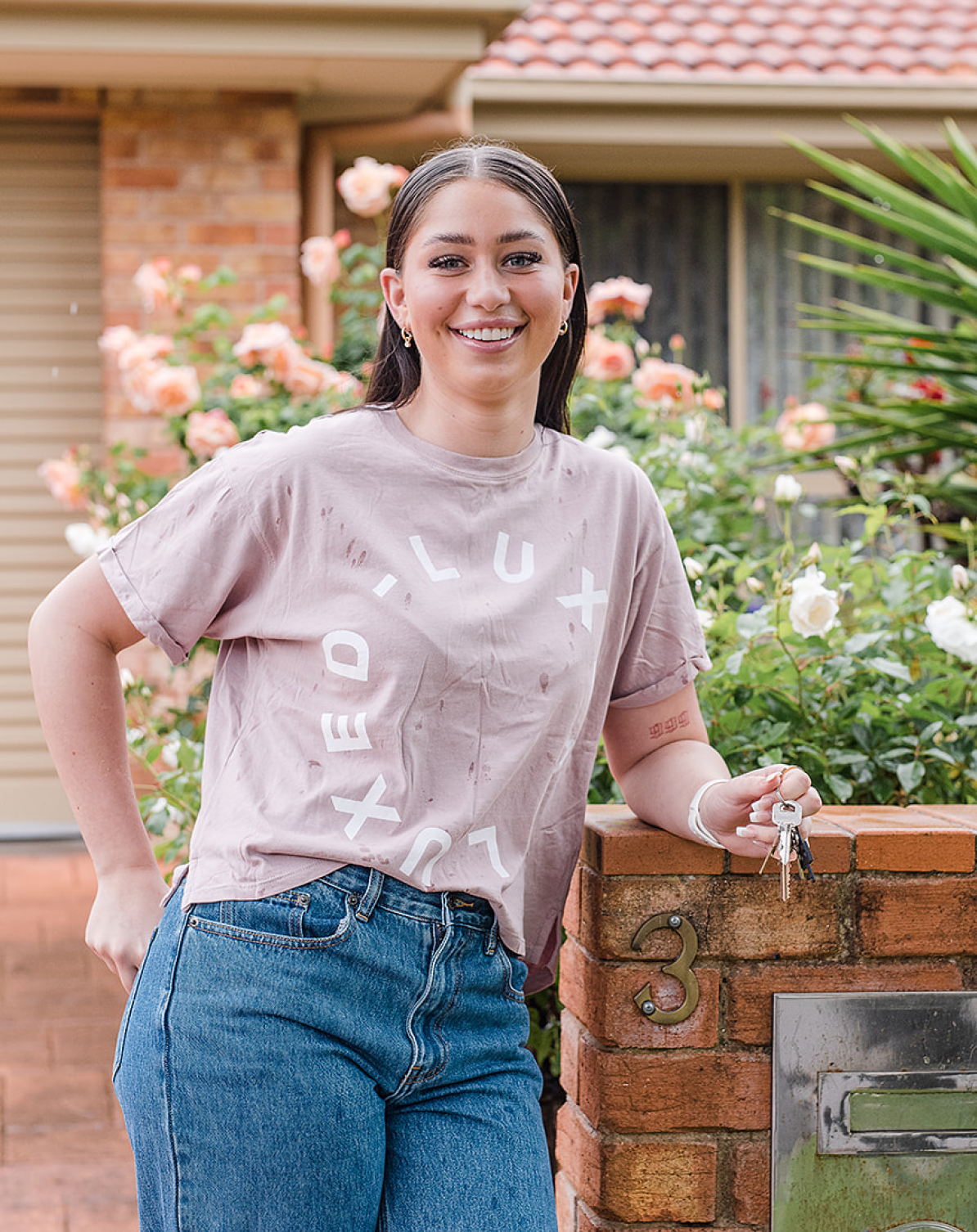1. Do your homework
Before you start trawling the property listings, take a moment to jot down your motivations. Being clear and specific on the essentials will give you a strong starting point when it comes to finding the home of your dreams.
- What makes you want to buy a property?
- What areas are you interested in?
- What are your non-negotiables for a home?
Try making a ‘must-have/nice-to-have’ list to get clarity on exactly what it is you’re looking for. If you can, taking the next step to rank those items will help you save even more time and zero in on the best homes for you.
Now is also a good time to have a look online and figure out the ballpark budget you’ll need for properties that match your criteria in the areas you want to live.
3. Save for your deposit
By now you should know what you want, and have an idea of what you can afford. The next step is aligning the two: figuring out how much you need to have saved in order to buy and maintain a property that meets your needs.
This can feel like an impossible balancing act, and you will have to make some compromises. But remember – your first home doesn’t have to be your final home. And there are a range of ways to bring you closer to your home ownership dreams.
- Tackle your debt first
- Set a realistic budget and stick to it
- Build a savings habit with automatic transfers
- Boost your savings with a high interest savings account
- Figure out your eligibility for government help
6. Buying your very own home
You’ve found a home you like. It ticks all your boxes (or most of them) and it’s in your price range. If you’re confident that this is the home for you, and all the inspections check out, it’s time to get down to business.
The process will be a little different depending on whether you’re buying at auction or making a private offer.
- Buying at auction
While auctions can be intense and stressful, they’re an open and competitive way of determining a property’s value. - Buying under offer
Making a private offer gives you more time to consider your options as you negotiate the terms and price with the seller.
Whatever way you go, with any luck you’ll be signing a contract for your very first home very soon!
liteBlue Variable Rate home loan
5.49% p.a.^
liteBlue variable rate owner occupied <60% LVR
5.50% p.a.^^
comparison rate
- Variable rate
- Fixed rate (1-5 years)
- $199 application fee
- No ongoing fees
- Free unlimited online redraw
- Additional repayments
- Top up available
- Split loan available
- Construction loan available
- 30 year maximum loan term
myBlue Fixed Rate home loan
5.09% p.a.^
myBlue 1 year fixed rate owner occupied <60% LVR
5.54% p.a.^^
comparison rate
- Variable rate
- Fixed rate (1-5 years)
- No application fee
- No ongoing fees
- Free unlimited online redraw
- Additional repayments
- Top up available
- Split loan available
- Construction loan available
- 30 year maximum loan term
- Up to eight 100% interest offset accounts
myBlue Variable Rate home loan
5.59% p.a.^
myBlue variable rate owner occupied <60% LVR
5.59% p.a.^^
comparison rate
- Variable rate
- Fixed rate (1-5 years)
- No application fee
- No ongoing fees
- Free unlimited online redraw
- Additional repayments
- Top up available
- Split loan available
- Construction loan available
- 30 year maximum loan term
- Up to eight 100% interest offset accounts
Find your home with us
Choosing a home loan is personal. We’ve put together a collection of resources to help you make the right choice for you.






